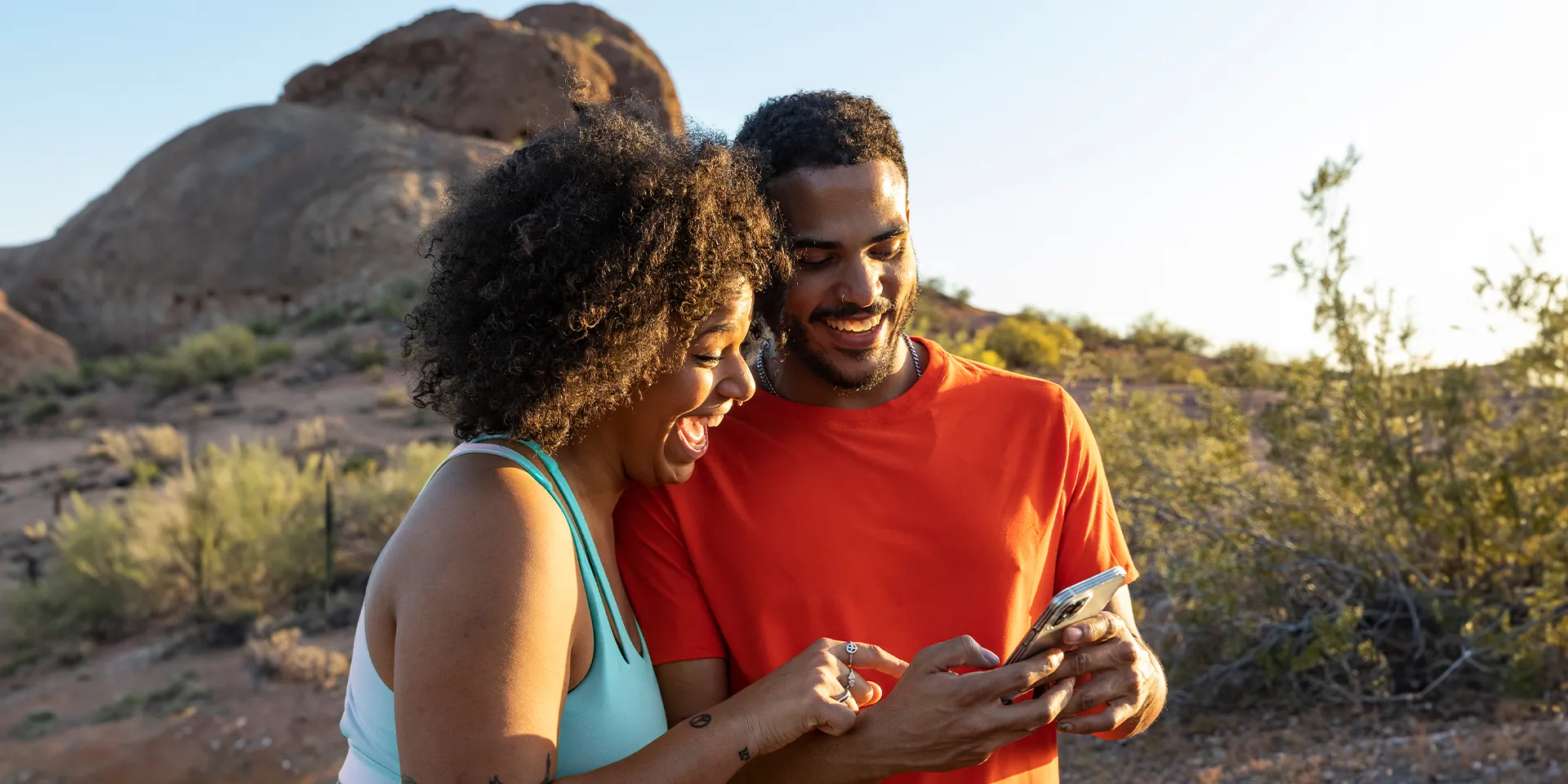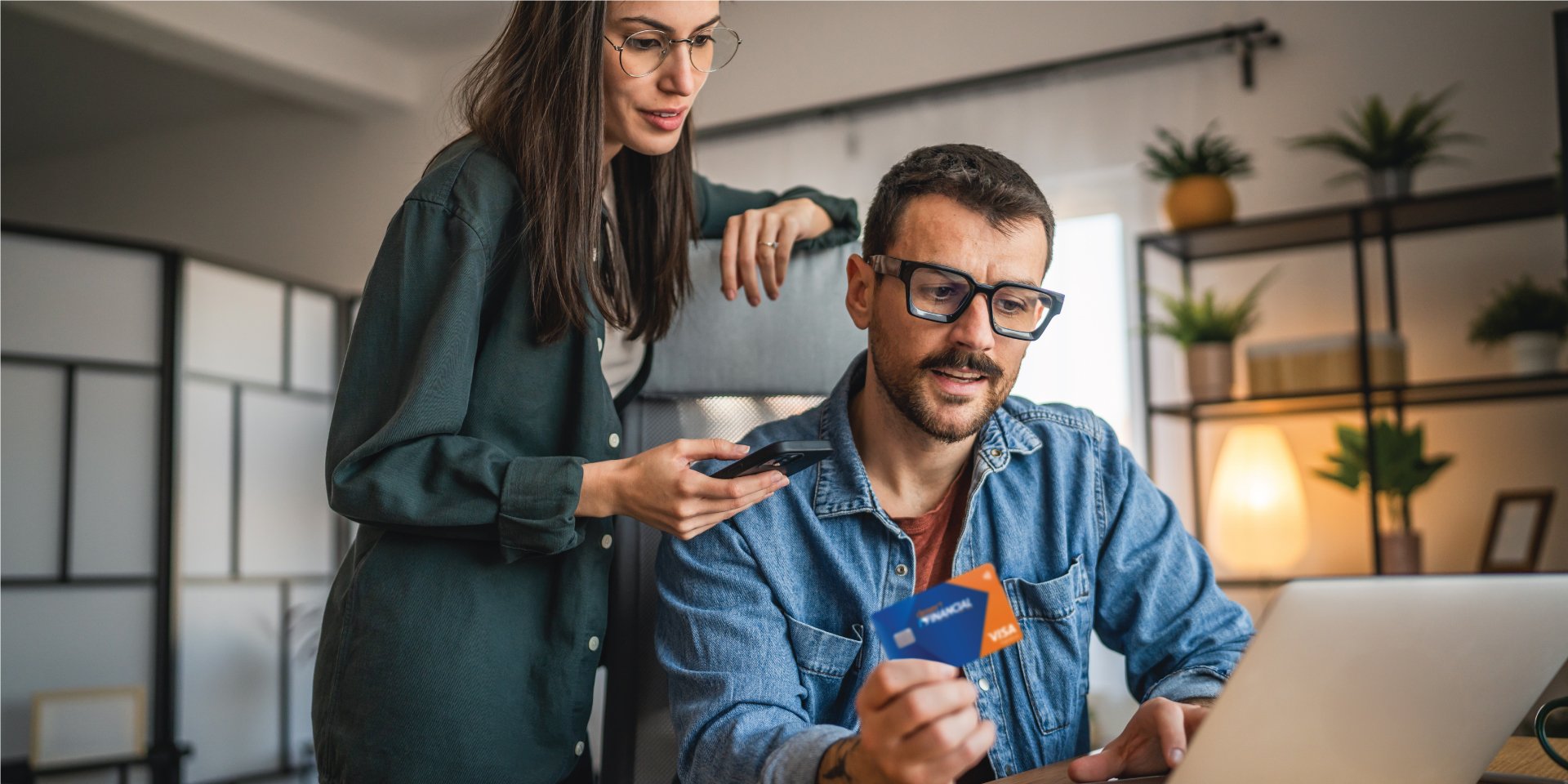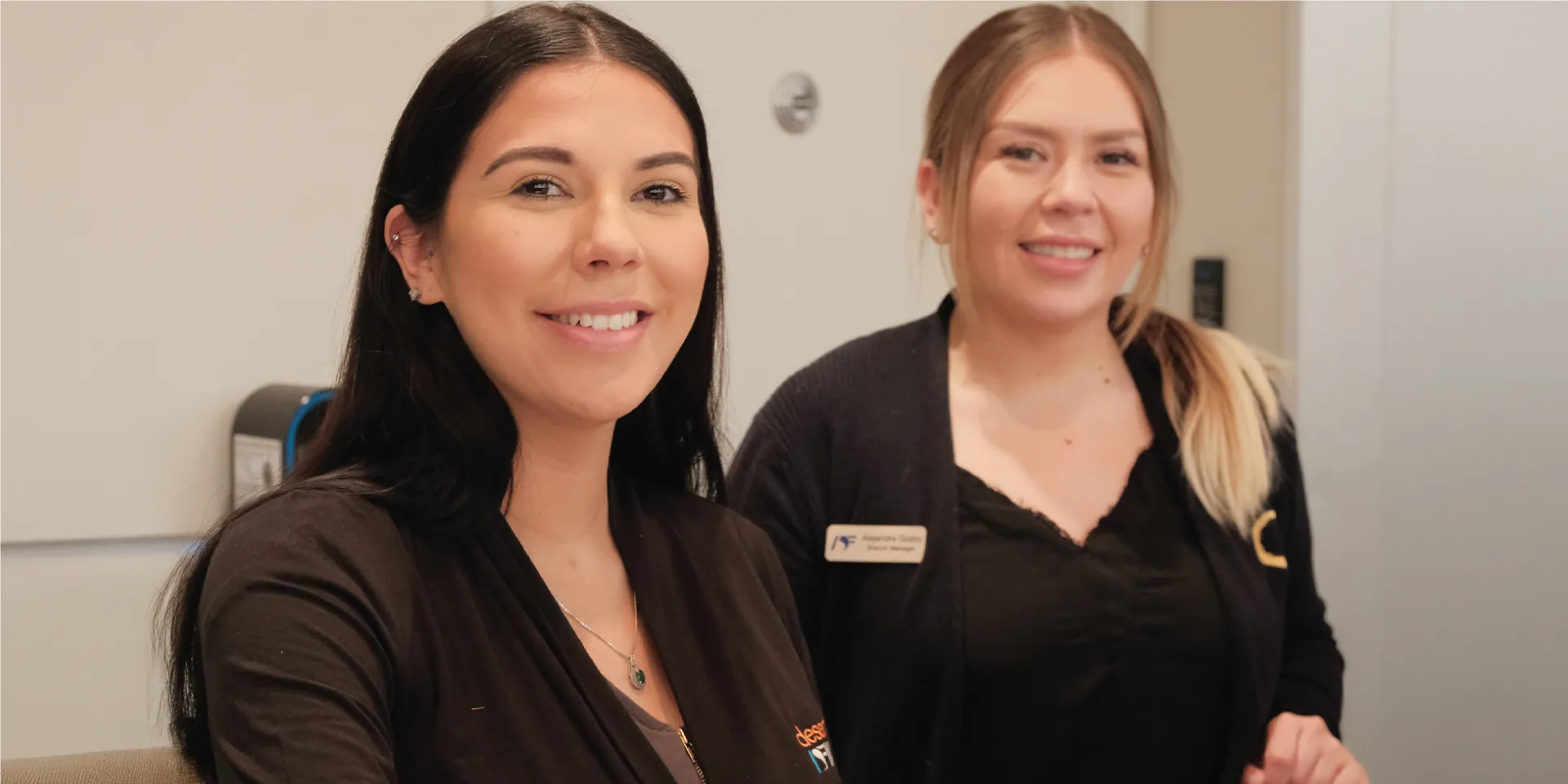
Financial Education
Building your emergency fund
In this article
- How much to save: How much you need is dependent on your overall expected expenses. You can start small and work your way up to more.
- Financial security: Having an emergency fund provides peace of mind during crises.
- Other saving strategies: Look into a money market or high-yield savings account to set aside money regularly and grow your fund.
Learn how having an emergency fund brings financial security, offering peace of mind during unexpected situations by providing a reliable financial buffer.
You know you need an emergency fund, but maybe you’ve had your mind on other things that come with life recently. It’s more important than ever to start an emergency fund now if you don’t have one. It’s also smart to top yours off if you already have a “crash stash” in place. This way, you’ll have a solid financial cushion available if-and-when the unexpected happens.
What an emergency fund is for (and NOT for):
Your emergency fund is exactly what it sounds like: a savings fund to be used in case of emergency. That doesn’t mean buying the latest Prada bag, video game or iPhone. It also isn’t the place you store cash for future travel or a down payment on a home. Typically, you’d only tap into your emergency savings for unexpected and necessary costs.
The idea is that you take out the cash needed for these expenses as they happen, and then work to replenish the fund back to its original amount. So, if you have $2K in emergency cash and get hit with a $350 car repair bill after a fender bender, you’d drain your emergency savings account down to $1,650 and then start saving until you reach $2K again.
Emergency Fund 101
| SHOULD I USE MY EMERGENCY FUND (EF) FOR THIS? | YES! | NO | MAYBE | WHY? |
|---|---|---|---|---|
| Dental surgery not covered by insurance | ✓ | Your EF can help cover unexpected medical bills. | ||
| Credit card and loan bills | ✓ | Call your credit card or loan provider first to see if they offer alternatives during lean times. | ||
| Car or home repairs | ✓ | Yes, if it is an urgently needed repair. | ||
| New clothing for a job interview | X | Wear something you have, borrow something or thrift shop before buying new if you don’t have the cash. | ||
| A trip to see your family | X | Generally, this isn’t something you’d use your EF for, except in case of emergency, illness, or a death in the family. | ||
| Temporary unemployment (layoff, furlough, etc.) | ✓ | Your EF is designed to help you during this time. | ||
| Monthly subscription boxes like Ipsy and Barkbox | X | They might *feel* essential, but subscriptions should be cut before dipping into your emergency fund. | ||
| School expenses | ? | Yes, if it’s unexpected, or a required school expense for your child. Otherwise, plan in advance for the school year. |
How big of an emergency fund do you need?
There’s no right or wrong answer to this question. Some experts recommend saving $1,000 to start, while others suggest putting aside three months, six months or even a year’s worth of living expenses. Most of us aren’t even ready to save double-digits — which is completely okay. Luckily, most of us won’t ever experience that. Instead, start small, and then plan to increase your emergency fund as you pay down debt or increase your income.
Ideally, your ultimate end goal should be appropriate for your situation. If you are the sole breadwinner for a family of four, for example, you’ll likely need to save more than someone in a multi-income household, or a single post-grad living in a budget apartment. If you’re unsure where to start, $1,000 is a good number to aim for. If this seems like a lot, break it down into smaller goals, such as saving $200 by a certain date.
So, how do I start an emergency fund?
If you’re starting from scratch, you may want to open up a new bank account devoted solely to this purpose. This could be a savings account or a money market account, the latter of which typically pays a higher interest rate and allows easy access to your funds via check or debit card. The downside of using a money market account is that you’re limited on the number of transactions you can make per month — though hopefully you won’t be depleting your emergency fund often enough to make that an issue.
The important thing is to make a dedicated, separate account just for emergencies. If you start combining emergency fund with savings or spending accounts, you could wind up without enough money to cover emergencies when they happen.
5 steps to take after opening your emergency fund account
That emergency savings isn’t going to fill itself! Set your mind and start working toward your first savings goal.
- Make a budget (or review the one you have). Look for simple ways to trim expenses, such as temporarily pausing subscription services, so that you can move more money into your emergency fund.
- Set a monthly emergency savings amount. Whether that’s $50, $100 or more is up to you. If you can, set up an automatic transfer into your emergency savings every time you receive a paycheck.
- Look for creative ways to fill your fund. You don’t have to rely on income alone to stock your emergency fund. Pet-sit for a neighbor. Find a second job or side hustle. Sell some things on eBay or OfferUp.
- Remember, small steps are a big win. Unless that lottery ticket pays off or you score an unexpected work bonus, your emergency savings isn’t going to fill up overnight. That’s ok. Baby steps first.
- Re-evaluate after you reach your goal. When you finally save a grand, be proud. Celebrate your accomplishment (but not by online shopping, unless you want to go back to Step 1)! Then decide whether you want to stop there or set a new higher emergency savings goal.
Having a crash stash in place allows you to relax a little and feel safe knowing that you’re prepared for the unexpected. It feels pretty sweet knowing that you won’t be forced to float car repairs or dental bills on your credit cards (or worse, take out a high-interest loan).
Some of the best advice we’ve ever heard for those just starting out with an emergency fund is to simply forget that this money exists. Think of it like car insurance, a fire extinguisher, or a spare roll of toilet paper: You won’t know how important it is until you actually need it. Then, you’ll be extremely glad that you have it!
Related content
Subscribe to our blog
Fill out the form below to sign up for our blog.







